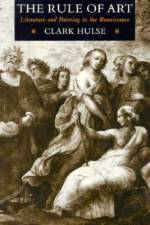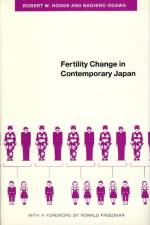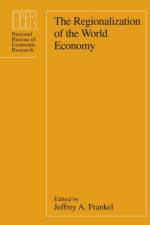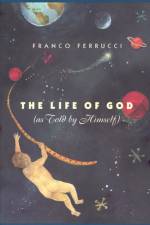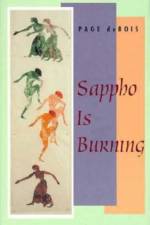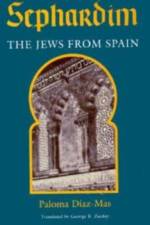av Paloma Diaz-Mas
1 069
Here, in a single volume, is the first comprehensive history in English of the Sephardim - descendants of the Jews expelled from Spain in 1492 by Ferdinand and Isabella. Writing for the general reader as well as for the specialist, Paloma Diaz-Mas provides a superbly organized and up-to-date account of Sephardic culture, history, religious practice, language, and literature. Most of the Sephardim originally settled in Mediterranean Europe, the Low Countries, North Africa, and the Turkish Empire. In the nineteenth century, however, a second diaspora brought the Sephardim to the United States, South America, Israel, and Western Europe. Diaz-Mas begins with a brief overview of Jewish religion and culture, discussing the calendar, holidays, dietary laws, and life-cycle ceremonies. Next, she traces the history of the Jews in Spain through the 1492 expulsion. She succinctly describes their subsequent wanderings, settlements, and achievements up to the nineteenth century, when false messiahs caused crises that had a profound impact on Sephardic communities. After detailing the various causes of the second diaspora, Diaz-Mas addresses the effect of the Holocaust specifically on the Sephardim - an issue almost entirely overlooked elsewhere. She also reviews the involvement of the Sephardim in Spanish politics through the Moroccan Protectorate and into Franco's time and the present. The final chapter focuses on the situation of the Sephardim throughout the world today. Diaz-Mas's treatment of the language of the Sephardim - often called Ladino or Judeo-Spanish - shows how it diverged from "mainstream" Spanish in the 1500s, how it developed regional dialects, and why it is now disappearing as aneveryday language. In addition to traditional Sephardic literature - religious works, coplas (verses), popular stories - newer genres like journalism and theater are also examined. Authoritative and completely accessible, Sephardim will appeal to anyone interested in Spanish culture and Jewish civilization. Each chapter ends with a list of recommended reading, and the book includes an extensive bibliography of works in Spanish, French, and English. Fully updated by the author since its publication in Spanish, Sephardim also features notes by the translator that illuminate references which might otherwise be obscure to an English-speaking reader.



